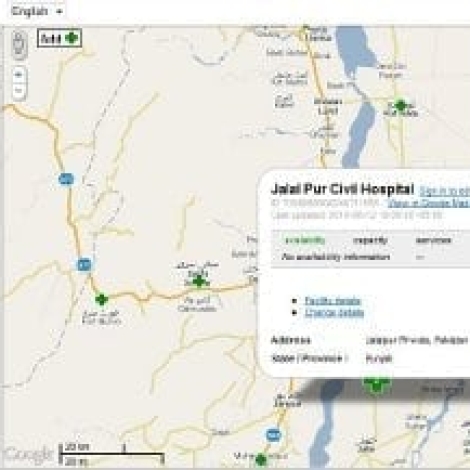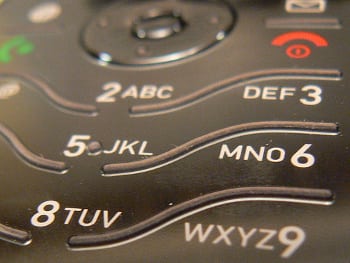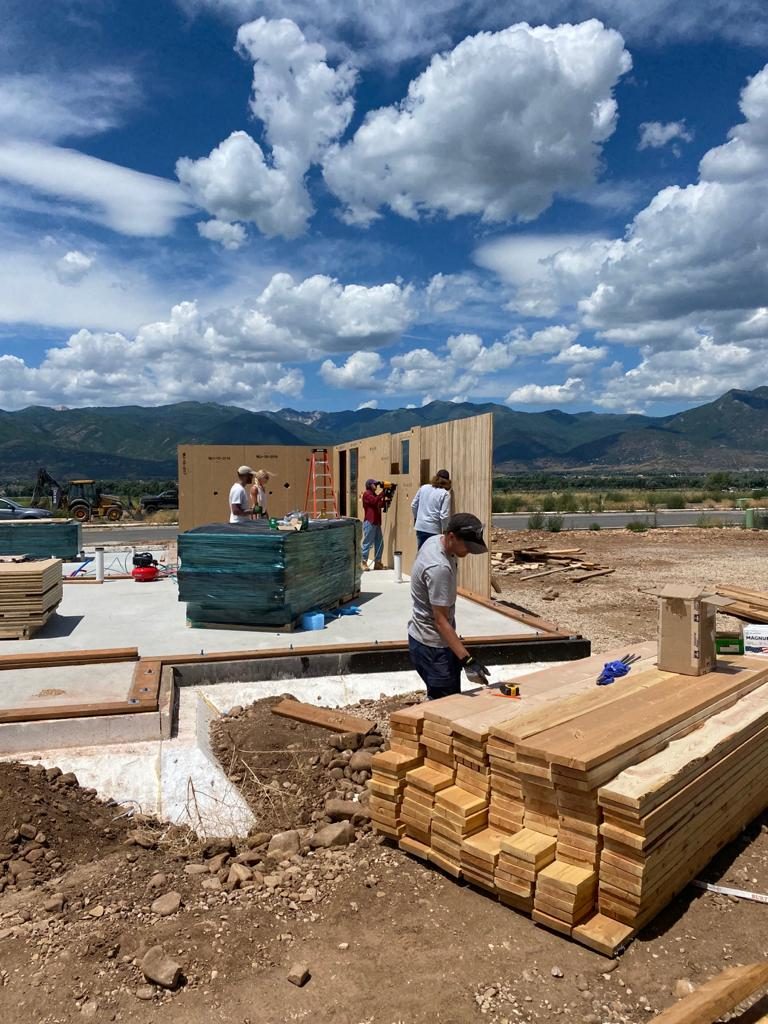Josh Nesbit tells the story of a man named Dixon, who he met in 2008 in rural Malawi while Nesbit was an undergraduate at Stanford. Dixon and 500 others like him were community healthcare workers with a collosal patient population. They worked for St. Gabriel’s Hospital, a single institution that serves a quarter of a million people in a 100-mile radius. Dixon walked 45 miles to hand deliver his reports to the hospital administration. The work was painstaking and inefficient.
“It was clear that the health workers were just as disconnected as the patients were,” Nesbit said in a recent presentation at NASA headquarters in Washington, DC. “Now, I had a better mobile phone signal in rural Malawi than I did in Palo Alto,” he continued.
He saw a solution in text messaging technology. The idea eventually overhauled the hospital’s reporting and communications systems, led Nesbit to found the organization Medic Mobile and could improve healthcare for hundreds of thousands of people in the developing world.
The idea
Nesbit and his colleague, Dieterich Lawson, rigged an SMS server for the hospital using the open source software Frontline SMS. They simply tethered a mobile phone to a computer with the software installed. No internet connection is required.
“This was really all that we needed. We went back to the clinic, distributed $10 mobile phones, $7 solar panels, and set up an SMS coordination system. And we saw some really amazing things happen in just six months,” Nesbit said.
Six amazing months
St. Gabriel’s spent only $500 in operating costs for the first six months of a reinvented communications system. In that time, the hospital responded to local emergencies for the first time ever. With SMS reporting, emergency responders gave care to 150 people that may not have received care otherwise. The hospital also implemented an SMS-based system to track patients with HIV, Tuberculosis and those in need of home-based care. Using phones saved $3500 and 2100 hours in travel and work time in those six months, Nesbit said.
Then, the healthcare workers, who had more time and a better way to file reports, began seeking out people with tuberculosis symptoms in their communities to refer them for care. “They doubled the number of patients they were treating for Tb in just six months through a simple communication system,” Nesbit said. He reported on the program’s effects in a paper published in the January 2010 edition of the journal Technology and Health Care.
Medic Mobile
Today, Nesbit and Dieterich are expanding the SMS services and taking their solution to hospitals in a dozen developing countries around the world. They founded Medic Mobile, a non-profit dedicated to open-source SMS solutions for healthcare. And they have formidable partners in Google, and now the LAUNCH program, a series of forums on solutions to global challenges. Medic Mobile offers three kinds of SMS services, and new solutions are in the pipeline.
FrontLine Forms
In striving for the lowest costs possible, Nesbit and Dieterich have eschewed Internet-connected smart phones and created services that communicate entirely via SMS. Their record keeping system, Frontline Forms, requires only a java-enabled phone that costs about $40. The service allows people to fill and send medical forms from their phones. “You just fill it out on your phone, hit send and the data is encoded in a text message, sent via SMS back to the main hub,” Dieterich said.
For people like Dixon, this service cuts hours off of the old work day, allowing time for more productive field work. The service improves efficiency in the clinic, also. For example, it allows clinics to quickly report on their stocks of medicines and vaccines and request new ones when their levels are low.
Patient View
Patient View digitizes medical records to replace paper copies. Paper is tough to store, organize and search, and it takes a long time to pass paper records between health posts. “Patient View is a medical record built for the areas where we work,” Dieterich said. “It has the basic functionality of a regular medical record, data on patients, but it also has mobile features – you can collect data from the field and report and update via SMS.” For a demonstration, see the video below.
OpenMRS
The Medic Mobile team applied their obsession with mobility and text messaging services to all of a hospital’s records and developed OpenMRS. “OpenMRS messaging module allows OpenMRS to send and receive messages by SMS, Twitter, email and others. It will be used in the future to send reminders to healthcare workers to vaccinate their patients, and also coordinate messaging inside and out,” Dieterich said.
TextForms and Resource Finder
After the earthquake in Haiti, Medic Mobile partnered with Google to create a data-sharing system for hospitals. “Hospitals needed to share data about where to transfer patients, which hospitals had a neurosurgery room available, and so on, so the hospitals could send SMS through TextForms,” Dieterich said.
TextForms passes the information to another program, Resource Finder, which maps the hospitals and displays the availability of beds and services.

This screenshot shows Resource Finder in action, mapping data on a hospital in Pakistan
Medic Mobile’s future
The Medic Mobile team has at least two interesting projects underway. One is the auto-categorization of messages. The service would allow users to tag their messages for easy sorting at the hub. Tags could say things like, “administrative,” or “urgent care required,” for example, to help users find the information they need and get on with work.
A microscope for a mobile phone
With a microscope that attaches to the back of a mobile phone, the phone’s camera can take photos of blood samples, or water samples, or anything on a slide. Medic Mobile’s SMS services can then shuttle that information from a rural health post to a hospital for diagnosis. Aydogan Ozcan,an electrical engineering professor at the University of California, Los Angeles, invented the microscope, which he calls a Lenseless Ultra-wide-field Cell monitoring Array. The microscope is an add-on that costs $15 and could save lives. He explains his solution in the video below.


